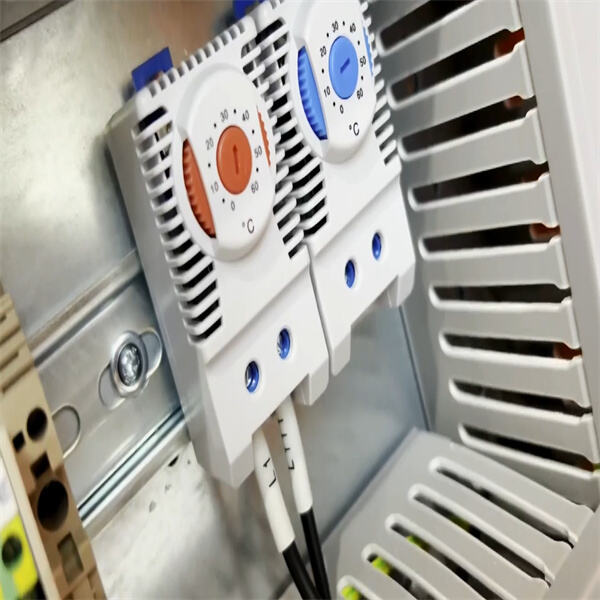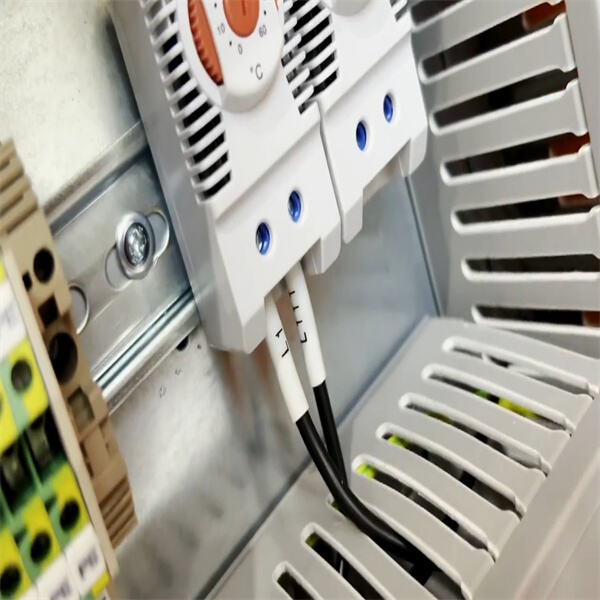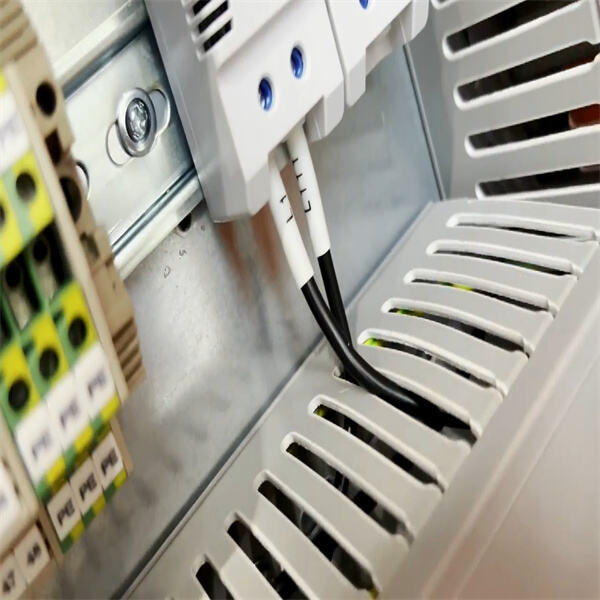Terminal blocks are incredibly useful when it comes to domestic electrical wiring. They help manage and secure your wires, which is also important when dealing with electricity. In this lesson we will learn what an electrical wire terminal is, we will discuss various types of electrical wire terminals, and where they are used... we'll discuss their safe use, and provide some tips for choosing and installing them in your project.
An electrical wire terminal block is a convenient way to connect multiple wires. Usually made of a base of plastic or metal and used metal screws or clamps to hold the wire in place. Terminal blocks are frequently used in electrical panels, control panels, or wherever there are a lot of wires that need to be connected.
When you work with terminal blocks the requirement really is to be safe and so we provide a list of safety tips so that you can remain safe and not have to deal with any accidents in the form of bad electrical connections. It is imperative that power be turned off before using terminal blocks and that only properly connected wires be used. Inspect the terminal block for any damage before installation and ensure the wires are secured to avoid coming loose.

Wiring with terminal blocks is easy and stable and you can make the projects look much creative. First, pick the correct terminal block for the number and size of wires that you want to connect. Crimp the end of the wires with the plastic coating and slide them into the correct terminals on the block. Tighten down the screws or clamps to hold the wires in place and test connections to see if you’re now getting sound.

There are a few things to consider when selecting a terminal block for your project. Think about how many wires are you going to join and how thick and what kind of wires are you going to do it with. Verify the terminal block you will use is rated for the voltage and the current you anticipate up to carrying. Also consider where the terminal block will be used — some types are designed for particular situations, such as an outdoor environment or high heat, for example.

It’s simple to install terminal blocks, but these tips can make it easier. 4 Tighten the your screwdriver screws on your terminal block, ensure they fit. And do be certain that the wires are fully pushed into the terminals before tightening the screws at the other end of the terminal. For complicated wiring, you may want to use labels to show which wire goes where. Lastly, you may use cable ties or clips to fasten the wires to the terminal block to prevent them from shifting and falling off.

Copyright © Linkwell Electric (Shanghai) Co., Ltd. All Rights Reserved - Privacy Policy | Blog